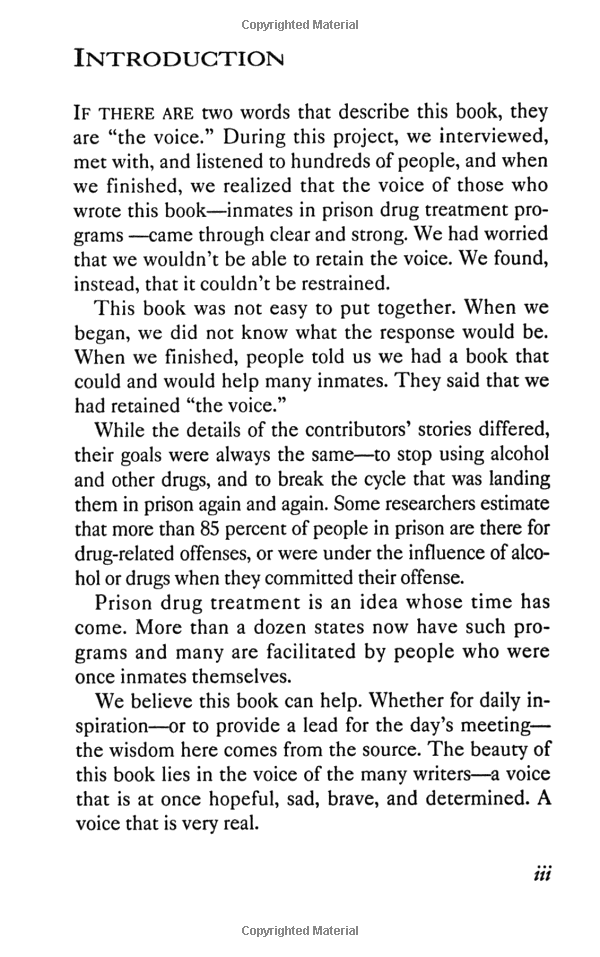Peter the Apostle's Dramatic Conclusion: Understanding the Circumstances of His Execution
Guide or Summary:IntroductionPeter's Life and LegacyThe Circumstances of Peter's ExecutionHistorical Evidence and Scholarly OpinionsIntroductionThe life of……
Guide or Summary:
- Introduction
- Peter's Life and Legacy
- The Circumstances of Peter's Execution
- Historical Evidence and Scholarly Opinions
Introduction
The life of Peter the Apostle, one of the most influential figures in Christianity, is a tale of faith, courage, and resilience. Peter, also known as Simon Peter or Cephas, was a key figure in the early Christian church, and his legacy has been immortalized in the Bible and throughout history. Yet, despite his profound impact, the manner in which Peter met his end remains a subject of fascination and debate among historians and scholars. This article delves into the circumstances surrounding Peter's execution, shedding light on the events that led to his martyrdom and examining the historical evidence that supports our understanding of his final moments.
Peter's Life and Legacy
Peter's life story is one of transformation and dedication. Born in Bethsaida, a coastal town in Galilee, Peter was a fisherman by trade. However, his life took a dramatic turn when he met Jesus Christ, whom he would come to follow as a disciple. Alongside Jesus, Peter witnessed miracles, witnessed his crucifixion, and played a pivotal role in the early Christian church. His leadership and influence were instrumental in the spread of Christianity, and his teachings and writings continue to inspire millions of people around the world.

The Circumstances of Peter's Execution
Peter's death, like many other early Christian martyrs, was a result of his unwavering faith and refusal to renounce his beliefs. According to historical accounts, Peter was arrested and imprisoned by the Roman authorities, who were suspicious of his influence and the spread of Christianity. Despite being offered the opportunity to avoid death by recanting his faith, Peter remained steadfast in his convictions.
The exact method of Peter's execution is not definitively known, but it is widely believed that he was crucified in Rome, around the year 64 AD. Historical records indicate that Peter was taken to the site of the crucifixion, where he was subjected to various forms of torture and abuse. It is said that Peter was crucified upside down, a form of execution reserved for slaves and criminals, as a means of expressing his lowly status and humiliation.

Historical Evidence and Scholarly Opinions
While the precise details of Peter's death remain shrouded in mystery, several historical sources provide insights into the events surrounding his execution. For instance, the writings of early church fathers such as St. Ignatius of Antioch and St. Polycarp offer valuable accounts of the martyrdom of Peter and other early Christian figures. Additionally, archaeological findings in Rome, including inscriptions and artifacts, have provided further clues about the execution of Peter and other early Christians.
Despite these sources, however, there remains a degree of uncertainty and speculation regarding the exact details of Peter's death. Some scholars argue that the historical accounts may have been subject to embellishment or distortion over time, while others suggest that the available evidence is sufficient to support the general consensus regarding Peter's crucifixion.

The story of Peter the Apostle's death is a powerful testament to his unwavering faith and commitment to his beliefs. Despite the circumstances of his execution, Peter's legacy continues to inspire and influence people around the world. Through his teachings, writings, and the example of his life, Peter remains a symbol of courage, resilience, and faith, reminding us of the profound impact one individual can have on the course of history. As we reflect on the dramatic conclusion of Peter's life, we are reminded of the enduring power of faith and the importance of standing steadfast in the face of adversity.